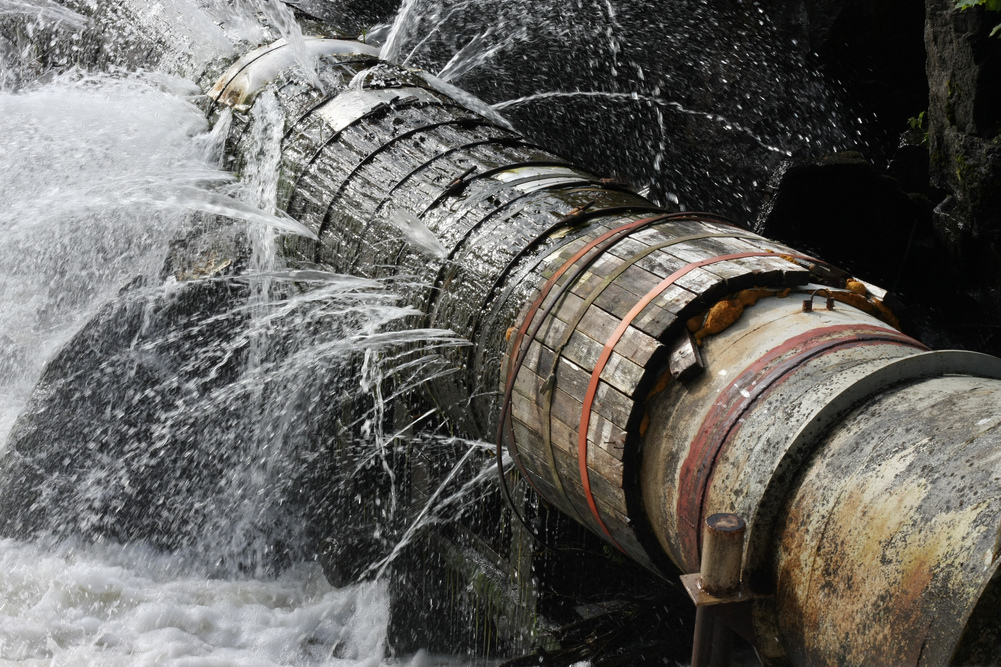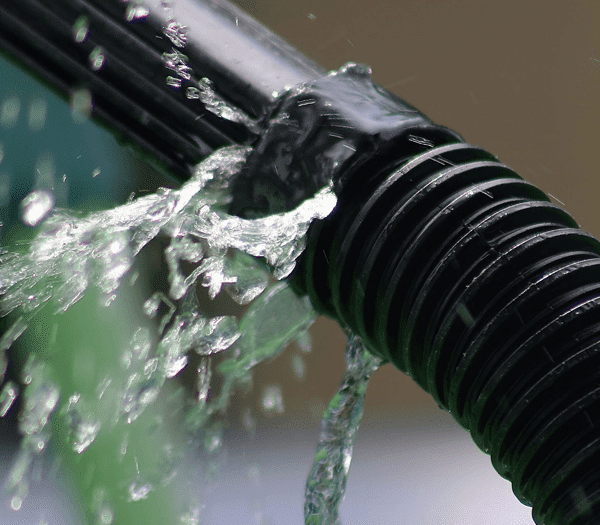Just how do you feel on the subject of Rules For Handling Water Damage?

What should you do if a pipes bursts in your home? Do you desire a mini-waterfall and flooding in a location of your residence? You should act fast if you find on your own in this circumstance. The longer you wait, the extra severe the damage that can occur to your building. The clearheadedness is type in these occasions. For these factors, you need to learn how to act in case of a ruptured water pipe. Because time is of the essence, examine out the complying with suggestions below to assist you act quickly.
Shut down the Main Waterline Shutoff
The first thing to do? Shut the shut-off valve. Look for the neighborhood shut-off valve to switch off the water in one certain area just. Go for the main water line shutoff as well as turn it off if you do not recognize where the localized shut-off valve is. This action will remove the water promptly in your entire residence. Normally, the main shutoff is discovered outside the house next to the water meter. If it's not there, you can additionally discover it in two places: in the cellar at eye level or the 1st floor on the ground. Typically, building contractors placed the shut-off valve generally ground degree restroom or appropriate beside it.
Call Water Damages Restoration Pros for Aid
After shutting the water source, call the professionals for aid. This circumstance is not something you can do some DIY due to the fact that the pipelines needed to be dealt with as well as there is a need to resolve the various other damages to your building. If you can not deal, seek help from a credible business supplying 24/7 emergency services. With their expert aid, you can stop much bigger water damage consisting of distorted walls, loose tiles, or harmed structures. Don't take this trouble lightly and also seek specialist support for your complete comfort and also a reliable remedy.
Paper the Damage For Insurance coverage
While you're waiting for the pros to arrive, obtain some documentation of the damage created by the errant pipeline. Do close-up shots of the damaged areas and belongings.
Salvage Points That Can Be Saved
When you're done taking images, analyze the harmed items as well as obtain the most crucial ones from the pile. Dry them off in a dry/warm location far from the damaged area and also try to protect them as long as you can. Drag as much dampness as you can to the material so it can begin to dry.
Beginning the Drying Process
The good news is, the water from your waterlines is already clean so you do not have to stress concerning sewage system water. The flowing water may have disturbed the dust as well as particles in your floorboards and also carpets. Blot out as much water as you can from the surfaces with old towels.
Specialists are the only individuals certified to evaluate properly and repair the burs pipes and succeeding damage. They typically give silent red flags like gurgling paint, water discolorations.
What should you do if a water pipeline ruptureds in your home? For these reasons, you need to find out just how to act in the occasion of a burst water pipe. After closing the water resource, call the experts for assistance. With their expert help, you can protect against a lot larger water damage consisting of deformed walls, loosened ceramic tiles, or damaged structures. The good news is, the water from your waterlines is currently clean so you don't have to stress regarding drain water.
How to Handle a Burst Pipe and Minimize Damage
Steps to Take Ahead of Time
If you own property in an area that experiences cold weather, you need to be aware of seasonal maintenance tasks that will help you protect your property as the weather changes each year. One of the most important steps is to winterize your pipes to ensure they won't freeze or burst when the temperature drops. This includes action items like insulating any exposed pipes, detaching garden hoses and covering outdoor faucets. If the weather gets cold enough, you may even consider leaving a faucet dripping or opening cabinet doors during the coldest parts of the day.
No matter how prepared you might be, accidents and emergencies still happen. You'd be wise to set up a savings account specifically for your property so you have a "rainy day" fund set aside for unexpected expenses. All homes—regardless of age, location or condition—will inevitably need some form of emergency repair.
Steps to Take for Frozen Pipes
A frozen pipe will not necessarily burst, so if you can catch a frozen pipe early on, you could save yourself a major headache. When your area experiences frigid temperatures, be sure to check your plumbing and keep an eye out for warning signs like faucets only releasing small amounts of water or toilets not refilling when flushed. If you do run into one of these issues, you're likely dealing with a frozen pipe.
If this happens, your first step should be to cut off the water supply to that section of the plumbing. Expanding and freezing water can quickly cause damage. Even if the water supply is shut off, you will likely still deal with some leaking from the water that defrosts after the pipe has thawed. Be prepared with a mop, bucket and/or towels to quickly soak up any excess water.
In order to thaw a frozen pipe, you can use a space heater, infrared or incandescent heat lamp, or even a hairdryer to warm up the frozen area. Heat tape is also an option and should be used according to manufacturer instructions. Do not use any sort of open flame to thaw frozen pipes, as it poses a major fire hazard and can damage your pipes further.
Steps to Take for a Burst Pipe
Water damage claims are the second most common insurance claim in the U.S. When you're dealing with a frozen pipe, the water continues to expand as it freezes, which creates pressure that can cause a pipe to burst. When this happens, the crack or leak in the pipe allows water flow from the pipe to enter your home where it shouldn't. If a pipe does burst, you need to act quickly to mitigate property damage and repair cost.
Your very first step should be to shut off your main water supply to minimize flooding—typically the most expensive damage to address. Once you've shut off the water supply, make sure you identify the entire area that has been impacted by the leak. Remove as much water as possible—as quickly as possible—using a mop, sponges, towels or a shop vacuum or wet/dry vacuum. To prevent long-term damage due to moisture build-up, run a dehumidifier or fan in the affected area. Contact a licensed plumber to ensure the pipe is correctly repaired before running any water to that section of the home again. Burst pipes and the associated water damage are something you absolutely want to avoid as a property owner. If you've had to learn your lesson the hard way, don't let yourself get caught in a similar situation during the next spell of cold weather. The best way to deal with frozen or burst pipes is to prevent them in the first place—proactive winter maintenance will save you time, money and a whole lot of stress.

As a passionate reader about Water Damage: Tips On What To Do When Your House Is Flooded, I figured sharing that article post was beneficial. Sharing is good. Helping others is fun. We recognize the value of reading our article about Rules For Handling Water Damage.